
From Proteins to Dendritic Spines: Neurolucida 360 Plays a Crucial Role in Advancing Neuroscience
In the fast-evolving field of neuroscience, groundbreaking research on the intricate workings of the vertebrate brain yields new information every day.

Neurolucida 360 is the premier software used by neuroscientists to quickly and accurately reconstruct and trace any neuron from any species using a wide variety of labeling and microscopy techniques. With the most advanced 3D image detection algorithms coupled with machine learning techniques, Neurolucida 360 performs accurate reconstruction of neuronal structures that range in scale from complex, multicellular neuron networks, to sub-cellular neuronal components such as dendritic spines, varicosities and putative synapses. This comprehensive software also includes methods to analyze glial cells such as oligodendrocytes, microglia, and astrocytes.
Neurolucida 360 is engineered to work efficiently with even the largest 3D multi-channel image datasets using our innovative intelligent precognitive image handling technology. And, it is compatible with file formats acquired from most research microscopes.
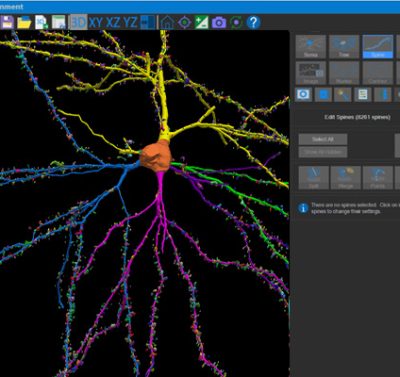
Neurolucida 360: The leading image analysis software for automatic 3D neuron tracing and reconstruction and quantitative morphology
Neurolucida 360 is the most trusted software for comprehensive neuron tracing and reconstruction. Built by neuroscientists for neuroscientists, Neurolucida 360 is equipped with powerful automated algorithms for detection of neuronal structures present in 2D and 3D microscopy image data.
With built-in workflows, an intuitive user-interface, and interactive 3D environment, Neurolucida 360 makes it easy to reconstruct somas, axons, dendrites, varicosities, spines, and synapses.
Paired with the companion software, Neurolucida Explorer, you can quickly and effectively analyze the morphology of subcellular structures, whole cells, or complex connective networks – from any species.
Neurolucida 360 supports many types of histological preparation techniques and microscopy modalities, such as:
Neurolucida 360 has been developed with support from the National Institute of Mental Health (NIMH)
Ultra is here! A 3D automatic vessel tracing module for thorough exploration of neuro-vascular environments.
Recommended Hardware Requirements
Neurolucida 360 is a powerful software that can work with a wide range of image data of vastly different levels of size and complexity. Because of its flexibility, our recommendations for system configurations vary to balance the affordability of lower computing power for smaller data sets to more expensive high-end workstations for large, multi-channel data.
Please contact us to consult with our technical specialists for a more precise recommendation specific to your data needs.
| 64-bit Windows 11 operating system |
| CPU with 8 cores (16 threads) or more. More cores improve performance when using large data sets (>1 GB). |
| Solid state hard drive(s). Preferably, non-volatile memory express (NVMe) drives. |
| 64 GB of system memory or more. More memory is better for large data sets, especially for image handling and reconstruction in the 3D environment. |
| Graphics card with 8 GB memory or more. Most graphics cards from NVIDIA and AMD have been tested with MBF Bioscience software. |
| Minimum Hardware Requirements |
|---|
| 64-bit Windows 10 operating system |
| 8 core processor (16 threads) |
| 32 GB memory |
| Graphics card with 6 GB memory or more: This is the minimum needed for the 3D environment, but is adequate for working only in 2D. |
| Computer-Hardware Upgrade Priorities |
|---|
| To upgrade your system for better performance with MBF Bioscience software, we suggest that you prioritize computer hardware upgrades as follows: |
|
|
|
From Proteins to Dendritic Spines: Neurolucida 360 Plays a Crucial Role in Advancing Neuroscience
>> Learn More
Blue Brain scientists develop pyramidal cell classification system using neurons reconstructed with Neurolucida 360
>> Learn More
Curcumin Lowers Neuroinflammation in Mouse Model
>> Learn More
Researchers Identify Potential Treatment for Patients at Risk for Alzheimer’s Disease
>> Learn More
MBF Bioscience research team contributes novel dendritic spine analysis in study published in Science
>> Learn More
NeuroMorpho.Org Releases Nearly 10,000 New Neuron Reconstructions and Neurolucida leads the way
>> Learn More
Download Neurolucida 360 product sheet here.
Version 2024.2.1 (September 2024)
New Features and Enhancements
See a full list of new features here
Neurolucida 360 is uniquely designed to automatically model, classify and quantify dendritic spines in 3D. Spines can be automatically classified by type (i.e., mushroom, filipodia, stubby, thin as described in the scientific literature).
Puncta detection in the 3D environment allows you to detect anything from cells to subcellular structures synapses, proteins and mRNA. This feature includes the ability to utilize machine learning to generate more accurate reconstructions. The machine learning detection mechanism employs specific models of object size and appearance (e.g. for puncta, cell nuclei) that accept or reject locations in your image that meet general detection parameters. Only objects that meet the requirements of the specialized machine learning model are further considered for detection and reconstruction, leading to a more accurate selection of puncta of interest.
As you work with increasingly bigger and more complex image data, Neurolucida 360’s high performance 3D visualization can scale with your data needs and serve as an indispensable tool for effective data interpretation. The highly versatile 3D visualization environment is suitable to work with most microscopy images with state-of-the-art functionalities to support your analysis and publication needs. Working with large 3D image data, for example from light sheet microscopes is facilitated with innovative subvolume viewing.
Neurolucida 360 has been used to reconstruct the morphology of thousands of neuron types including pyramidal, chandelier, and projection neurons. With a suite of advanced algorithms and tools, you can accurately model and quantify axons, dendrites, somas, dendritic spines, synapses, varicosities, puncta, and anatomical regions. Whether you’re working with 2D or 3D image data from two-photon, light sheet, confocal, or brightfield microscopy our tools are engineered to support you and your data.
We support open science through the practice of data openness, integrity, and reproducibility. MBF Bioscience’s published digital reconstruction data file format, the Neuromorphological File Specification (NFS), is endorsed as a standard by the INCF.
The data elements in this NFS format were specifically implemented to ensure the files are Findable, Accessible, Interoperable, and Reusable (FAIR). Abiding by these data standards and providing microscopy image and experimental data provenance enhances the ease of repurposing this data. Encoded in the well-recognized and readable XML format, the modeling elements specify microscopic neuroanatomies in a calibrated 3D coordinate system with appropriate units. To learn more about the key elements of the file format and their relevant structural advantages, view our manuscript.
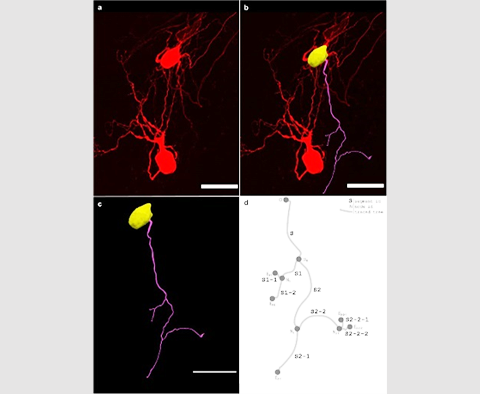
With Neurolucida 360’s full suite of tools you can manually trace and edit your reconstructions, creating a ground-truth representation of your neuron data.
You can also fine-tune and correct the automatic reconstructions in cases of particularly challenging image data. Some of the edit functions available are:
Explore a variety of data that demonstrates the models you can create using MBF Bioscience image analysis software (e.g. Neurolucida® 360). Interact with these data files over the web and examine the full resolution, 3D morphological models generated from microscopy images.
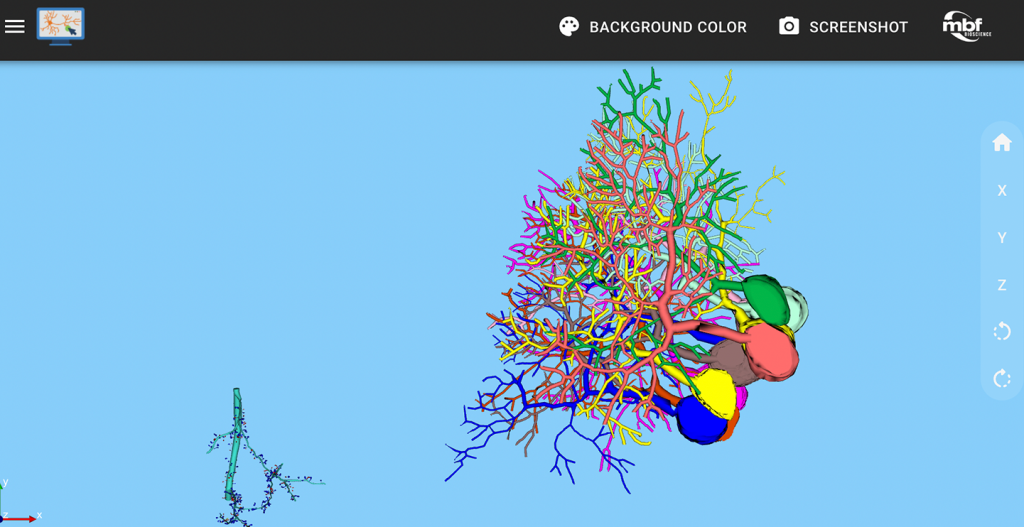
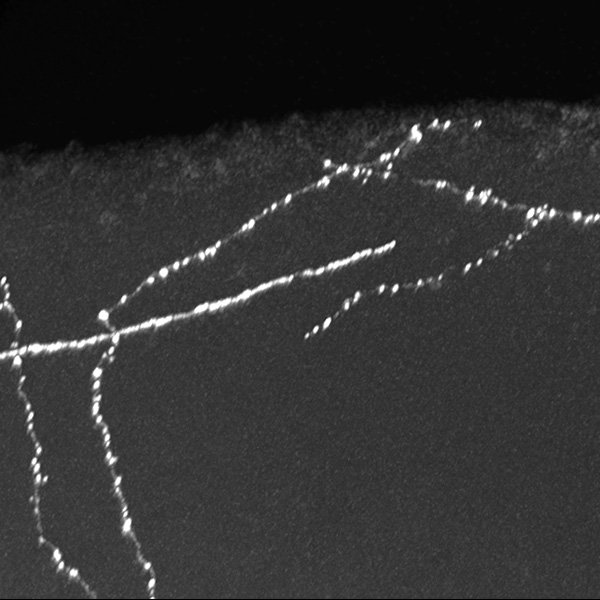
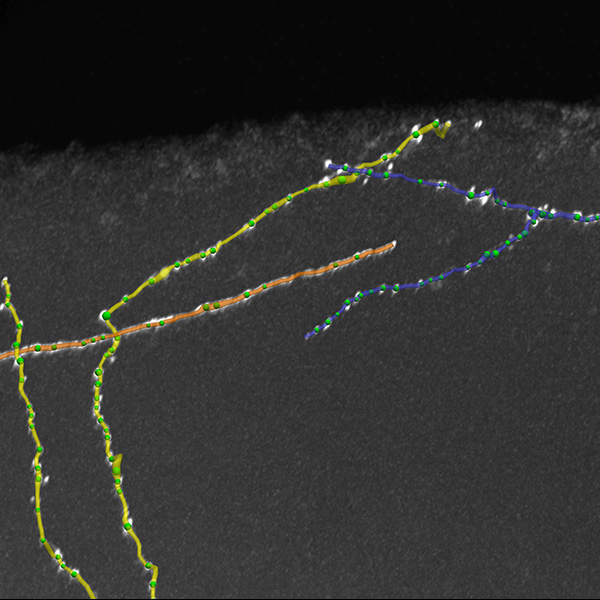
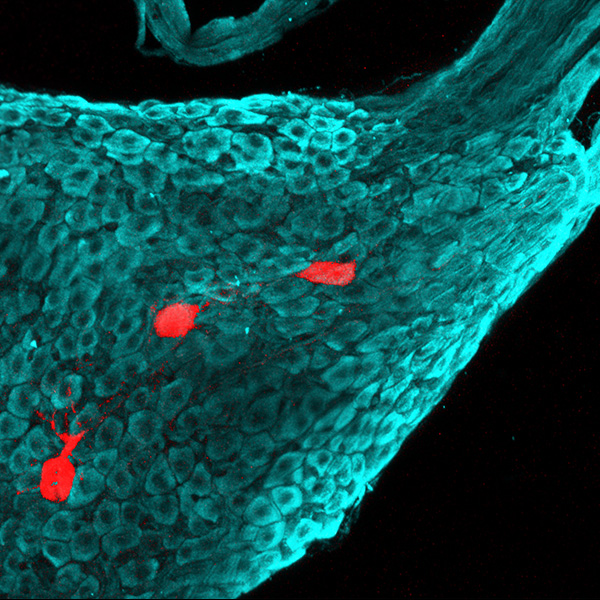
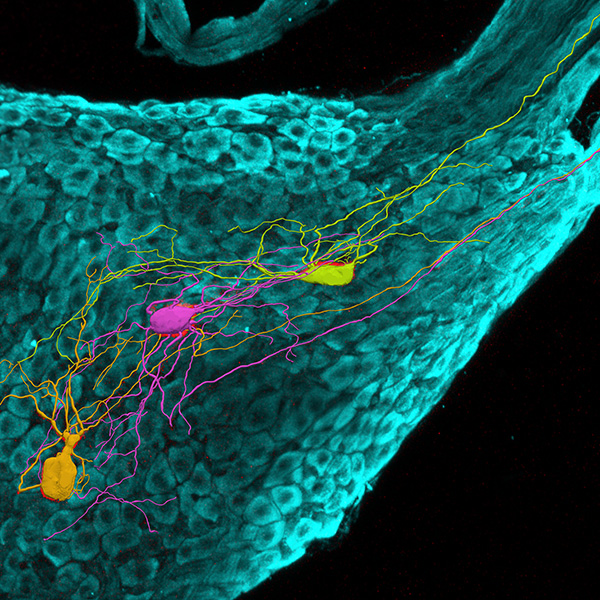
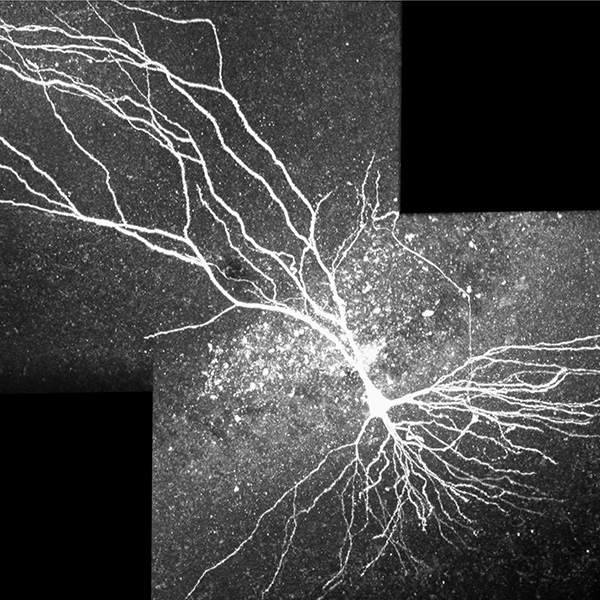
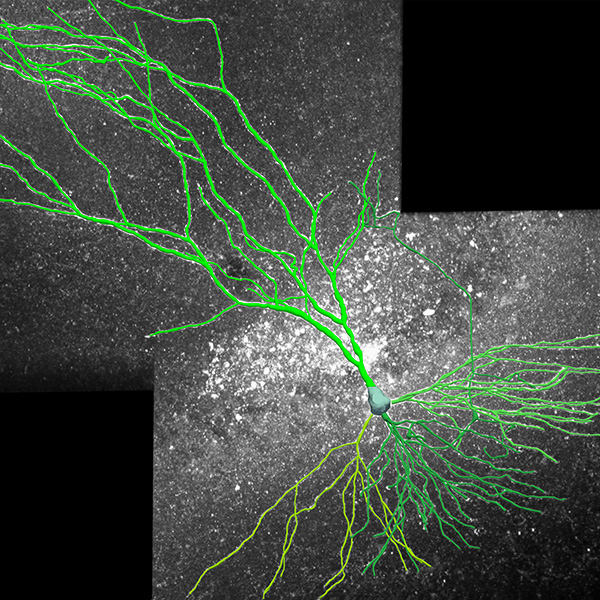
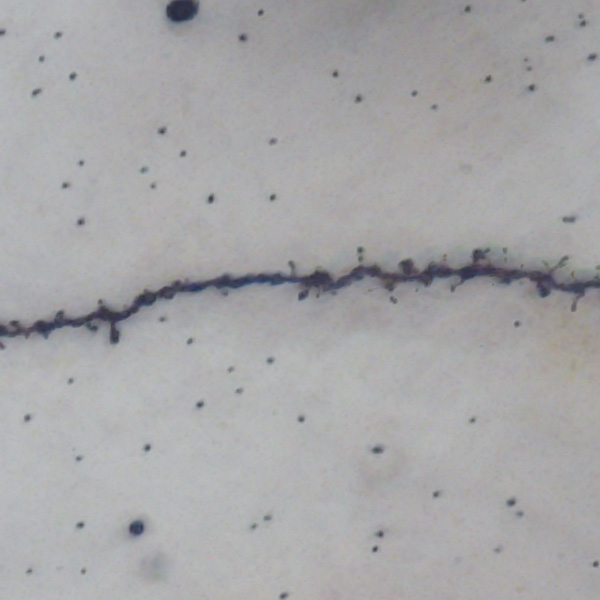
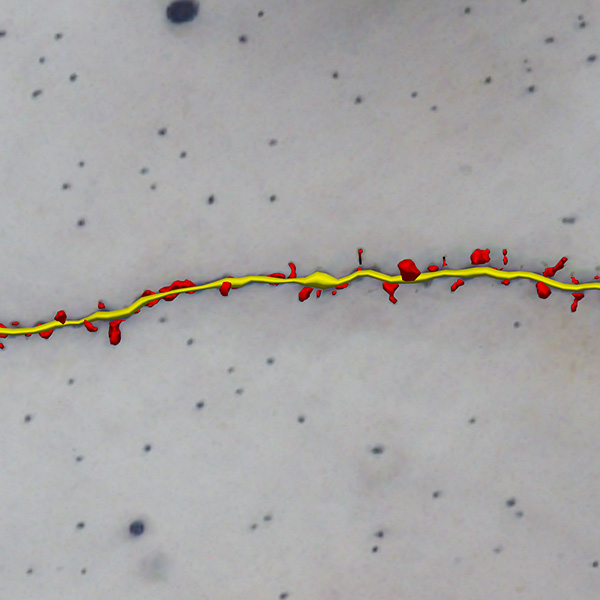
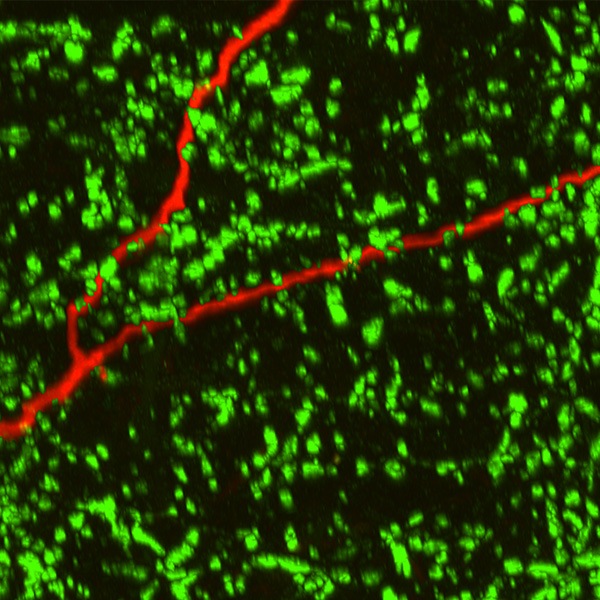
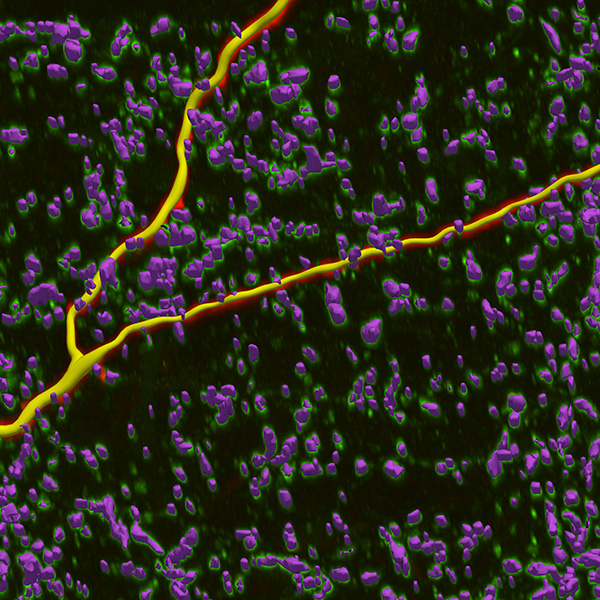
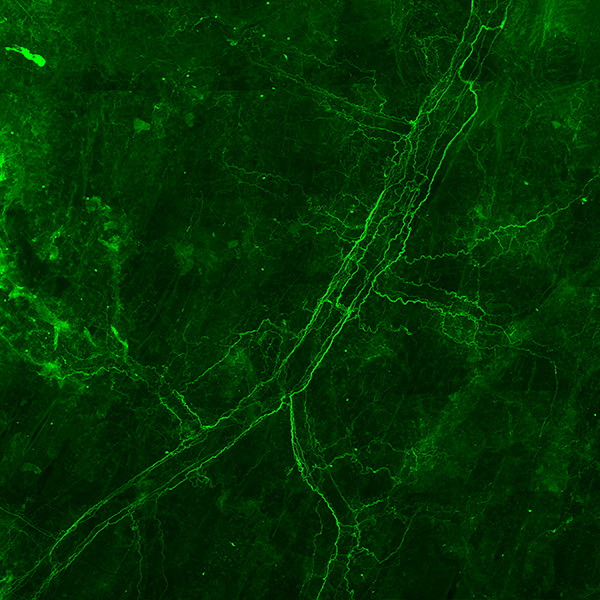
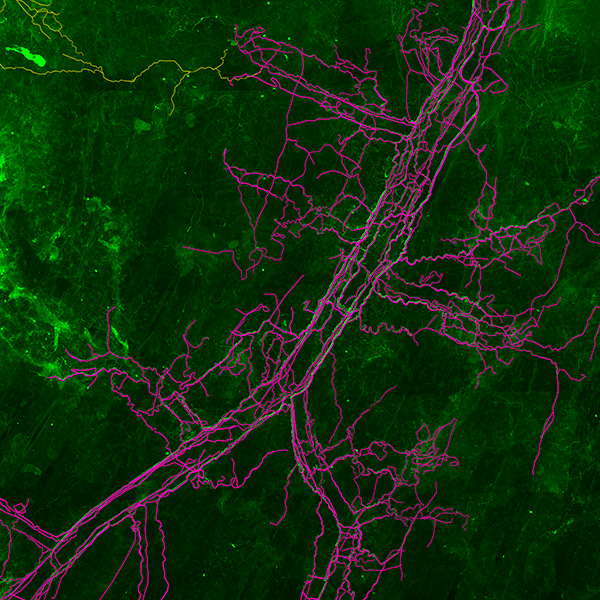
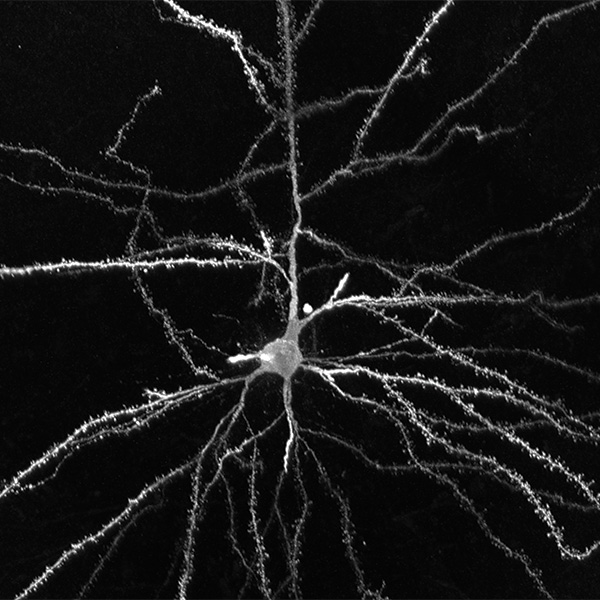
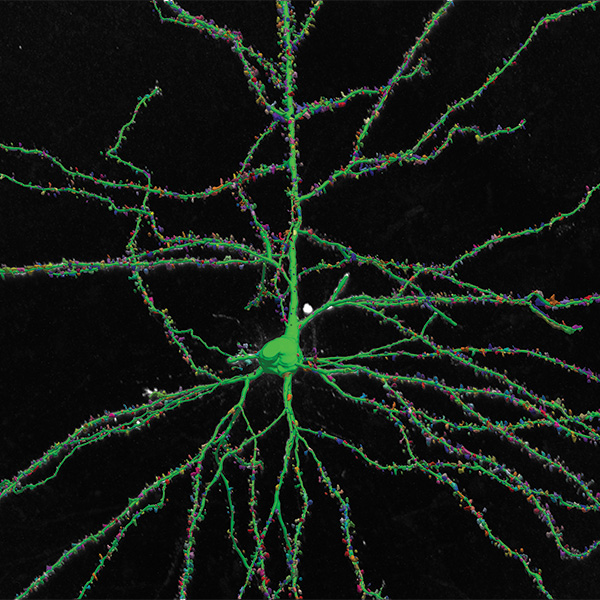
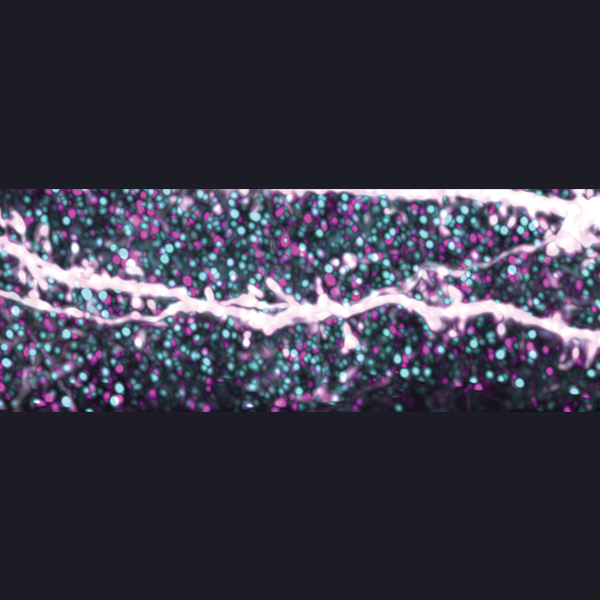
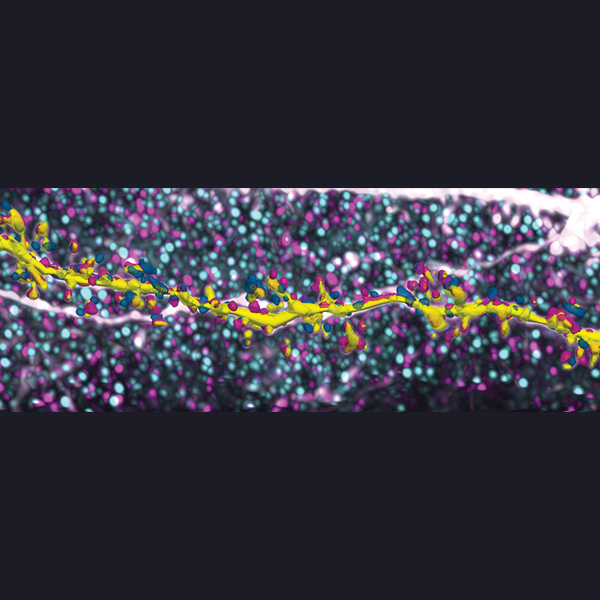
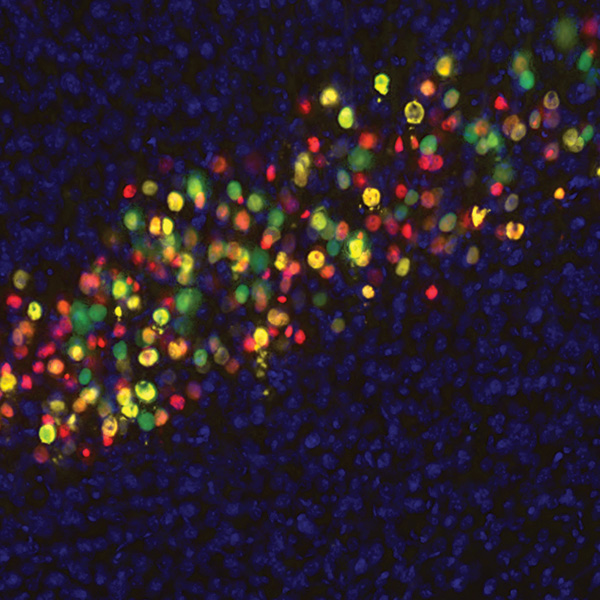
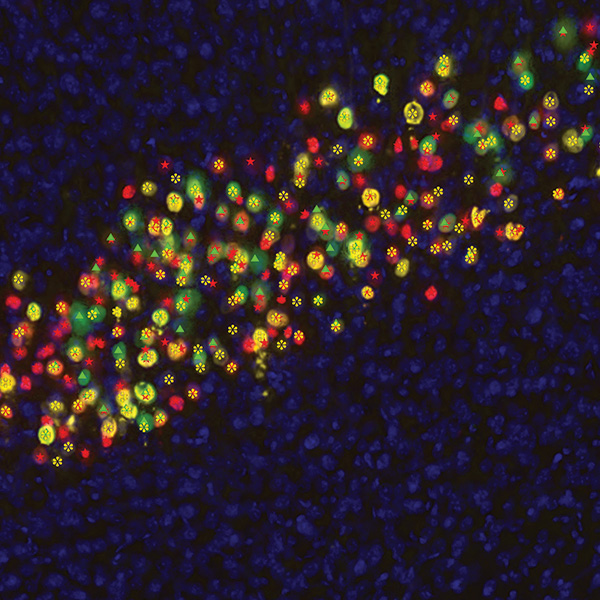
Empowering Comprehensive Exploration of Neuronal and Vascular Interactions
We are thrilled to unveil Neurolucida 360 Ultra software. Now, you can segment, reconstruct, and analyze blood vessels and microvasculature – in addition to neuronal structures. By integrating the advanced vascular analysis capabilities from Vesselucida 360 into Neurolucida 360, the new Neurolucida 360 Ultra package provides you with a single, advanced application that offers an unparalleled opportunity to explore the intricate dynamics of neuronal and vascular structures.
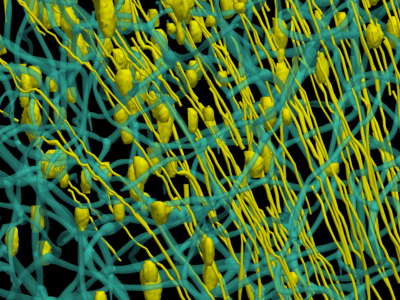
Our three most popular packages are Neurolucida 360 Lite, Essentials, and Studio.
There are different options to set up Neurolucida 360 in your lab: a one-time upfront cost for the software, an annual subscription plan, mobile licenses to move Neurolucida 360 from one computer to another, and more.
| Feature Description | Neurolucida 360 | Neurolucida 360 ESSENTIALS | Neurolucida 360 STUDIO | Neurolucida 360 |
|---|---|---|---|---|
| User-guided tree tracing | ||||
| Smart manual tree tracing | ||||
| User-guided soma detection | ||||
| Set specified color channels for analyses | ||||
| 3D editing | ||||
| Create and share movies | ||||
| Professional technical support | ||||
| Open and FAIR file format | ||||
| Big image data capability: Batch image filters | ||||
| Big image data capability: Sub-volume tool | ||||
| Big image data capability: Dense area visualization tool | ||||
| Big image data capability: Dense area automatic tracing | ||||
| Automatic tree tracing | ||||
| Batch mode | ||||
| Automatic soma detection | ||||
| Image montaging | ||||
| Automatic puncta detection, including synapses | ||||
| Automatic puncta detection, with machine learning | ||||
| Automatic spine detection and classification | ||||
| Automatic trace evaluation | ||||
| Automatic vessel detection |
Neurolucida 360 is used across the globe by the most prestigious laboratories.

















In the fast-evolving field of neuroscience, groundbreaking research on the intricate workings of the vertebrate brain yields new information every day.

After decades of identifying brain cells subjectively, researchers can now make use of a standardized classification system for identifying pyramidal cells—the

We are pleased to announce that the International Neuroinformatics Coordinating Facility (INCF) has endorsed the MBF Bioscience neuromorphological file format as
Neuroluicda 360’s utility is underscored by the number of references it receives in the worlds most important scientific publications. See examples below:
Doorn, N., E. J. H. van Hugte, et al.
An in silico and in vitro human neuronal network model reveals cellular mechanisms beyond NaV1.1 underlying Dravet syndromeView Publication

Pérez-Fernández, V., A. L. Thananjeyan, et al.
The effects of a highly bioavailable curcumin PhytosomeTM preparation on the retinal architecture and glial reactivity in the GFAP-IL6 miceView Publication

Gamage, R., I. Rossetti, et al.
Chronic neuroinflammation during aging leads to cholinergic neurodegeneration in the mouse medial septumView Publication
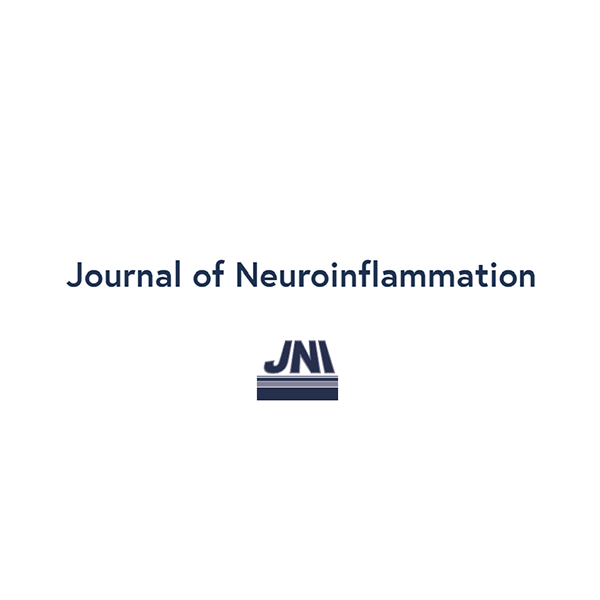
Stallings, N. R., M. A. O’Neal, et al.
Long-term normalization of calcineurin activity in model mice rescues Pin1 and attenuates Alzheimer’s phenotypes without blocking peripheral T cell IL-2 responseView Publication

McLaurin, K. A., H. Li, et al.
Constitutive expression of HIV-1 viral proteins induces progressive synaptodendritic alterations in medium spiny neurons: implications for substance use disordersView Publication

Soad, E. and B. C. Peter
Vascularization in mTOR Mouse Mutants: An Effort Not in VeinView Publication

Courtney, K. W., M. G. Kelsey, et al.
Cross-Platform Synaptic Network Analysis of Human Entorhinal Cortex Identifies TWF2 as a Modulator of Dendritic Spine LengthView Publication

Wicke, K. D., L. Oppe, et al.
Neuronal morphology and synaptic input patterns of neurons in the intermediate nucleus of the lateral lemniscus of gerbilsView Publication

Rasmussen, V. F., A. Schmeichel, et al.
Sweat gland nerve fiber density and association with sudomotor function, symptoms, and risk factors in adolescents with type 1 diabetesView Publication

To fit your scientific and budgetary needs, we have three popular packages of Neurolucida 360 available for purchase: Lite, Essentials, and Studio.
There are even different options to set up any of the above Neurolucida 360 packages in your lab, including: annual subscription plans, mobile licenses to move Neurolucida 360 from one computer to another, and more.
Our software supports almost all microscopy image file formats generated from a variety of microscopy vendors (CZI, TIF, JPX, LIF, and more). See the comprehensive list here.
Want to convert your file format to standardized formats, JPEG2000 (.jpx/.jp2) and/or OME-TIFF? Try our free tool, MicroFile+, which uses state-of-the-art compression methods to efficiently and accurately convert 2D and 3D images from most sources into manageable and metadata-enriched format(s).
With the included companion analysis Neurolucida Explorer software, you can perform detailed morphometric analyses of your Neurolucida 360 reconstructions. Automatically obtain quantitative data from a plethora of morphological, spatial (e.g. Sholl Analysis), and orientation analyses. In addition to the sophisticated and comprehensive generation of quantitative data, Neurolucida Explorer also shows many graphical displays that allow you to visualize the quantitative data in intuitive ways – and generate figures for publications and presentations.
Neurolucida 360 can automatically reconstruct neurons from images and image stacks acquired by a variety of microscopy types – whereas Neurolucida – Microscope Edition enables manual reconstruction of neurons from tissue specimens directly from a research microscope.
Yes! Our Neurolucida 360 Studio package has sophisticated batch tracing tools for detecting somas, trees, varicosities, spines, and puncta across multiple files.
To further expedite your data throughput, you can also apply image filters in batch and employ batch analysis features with Neurolucida Explorer.
Yes, you can create dynamic, high-resolution MP4 videos of your tracing and image data in Neurolucida 360’s intuitive 3D environment.
All MBF Bioscience software comes with comprehensive, context-sensitive help guides accessible online or offline. Further, reduce the initial learning curve with our online learning center for how-to videos, quick guide PDFs, and product-specific webinars.
Neurolucida 360 excels at handling multi-resolution image data from a wide range of tissue preparations (e.g., serial sectioned, cleared), microscopy modalities (e.g., confocal, light sheet, expansion microscopy). Depending on your reconstruction and analysis goals, our team of experts can help you refine imaging parameters for optimal performance in Neurolucida 360. Contact us today.
Additionally, our scientists collaborated with researchers from the Icahn School of Medicine at Mount Sinai in New York to develop a set of guidelines on preparing and imaging confocal image data for Neurolucida 360. The guidelines, published in Current Protocols in Neuroscience, will help you get the best results for spine quantification and neuron reconstruction.
"I am amazed at the speed and accuracy of Neurolucida 360. The automatic tracing program is intuitive and easy to use."

Gwen Wendelschafer-Crabb, Ph.D. University of Minnesota
Neurolucida 360 is very useful for doing quantitative analysis of neuronal morphology.

Yun Wang, Ph.D. Allen Institute for Brain Science
"Neurolucida 360 is the future of quantitative neuromorphology. I am particularly excited about Neurolucida 360's interactive function because it will allow for much more efficient tracing of Golgi stained neurons, which are notoriously difficult to quantify. Cajal would be proud!"

Bob Jacobs, Ph.D. Colorado College
"Neurolucida 360 is a remarkable system that has provided us with tools to study dendritic architecture in cultured neurons, rodent models, and humans, with outstanding precision and detail."

Jeremy Herskowitz, Ph.D. University of Alabama at Birmingham
"Neurolucida 360 is clearly the best in the field - reliable, accurate, and very importantly, easy and intuitive to use. I would not try any other system."

Jeffrey Kordower, Ph.D. Rush Presbyterian Medical Center
"I rarely have encountered a company so committed to support and troubleshooting as MBF."

Andrew Hardaway, Ph.D. Vanderbuilt University

Our service sets us apart, with a team that includes Ph.D. neuroscientists, experts in microscopy, stereology, neuron tracing and reconstruction, and image processing. We’ve also developed a host of additional support services, including:
We offer both a free expert demonstration and a free trial copy of Neurolucida 360. During your demonstration you’ll have the opportunity to discuss your hardware, software, or experimental design questions with our team of Ph.D. neuroscientists and experts in microscopy, neuron tracing, and image processing.
During your free trial, use the tips and suggestions from a free, expert evaluation and find out how easy Neurolucida 360 is to use and how quickly you can obtain useful data.


